
MedM Blog publications in 2024
Welcome! This is where we communicate informally about our work and software, answer questions, and explain how MedM products are designed to help people. We also discuss how health monitoring can help prevent and manage disease, talk about connected health and its new technologies and developments. And most importantly, we aim to connect with our users, assisting them on the journey to better health, wellness, and improved quality of life. Please feel free to ask us a question or suggest a topic to address: support@medm.com or pr@medm.com.

December 27, 2024
How Did Blood Pressure Monitoring Devices Evolve? A Timeline of Change
Over the course of nearly 300 years, blood pressure measurement technology has evolved significantly, from invasive tubes inserted into blood vessels, to mercury manometers, pulse-obscuring sphygmomanometers, inflatable cuffs, and now even wearable monitoring watches. Accessibility and ease of use have seen remarkable progress, especially when considering the gradual pace of earlier technological advancements.
Read more >
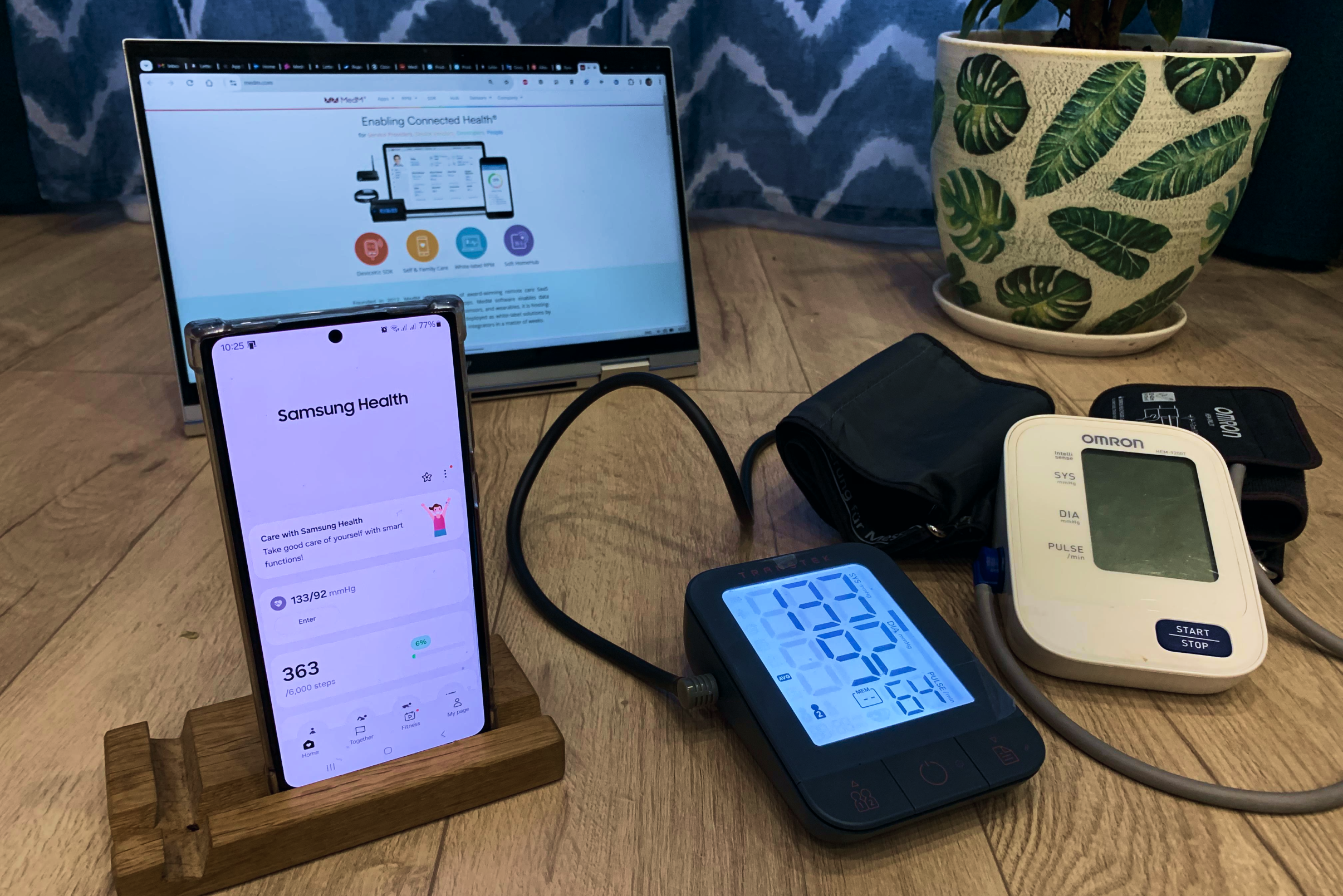
December 04, 2024
Samsung Health Compatible Blood Pressure Monitors
This post is for the benefit of those looking for a “Samsung Health blood pressure cuff” or a “blood pressure monitor that works with Samsung Health”.
Read more >
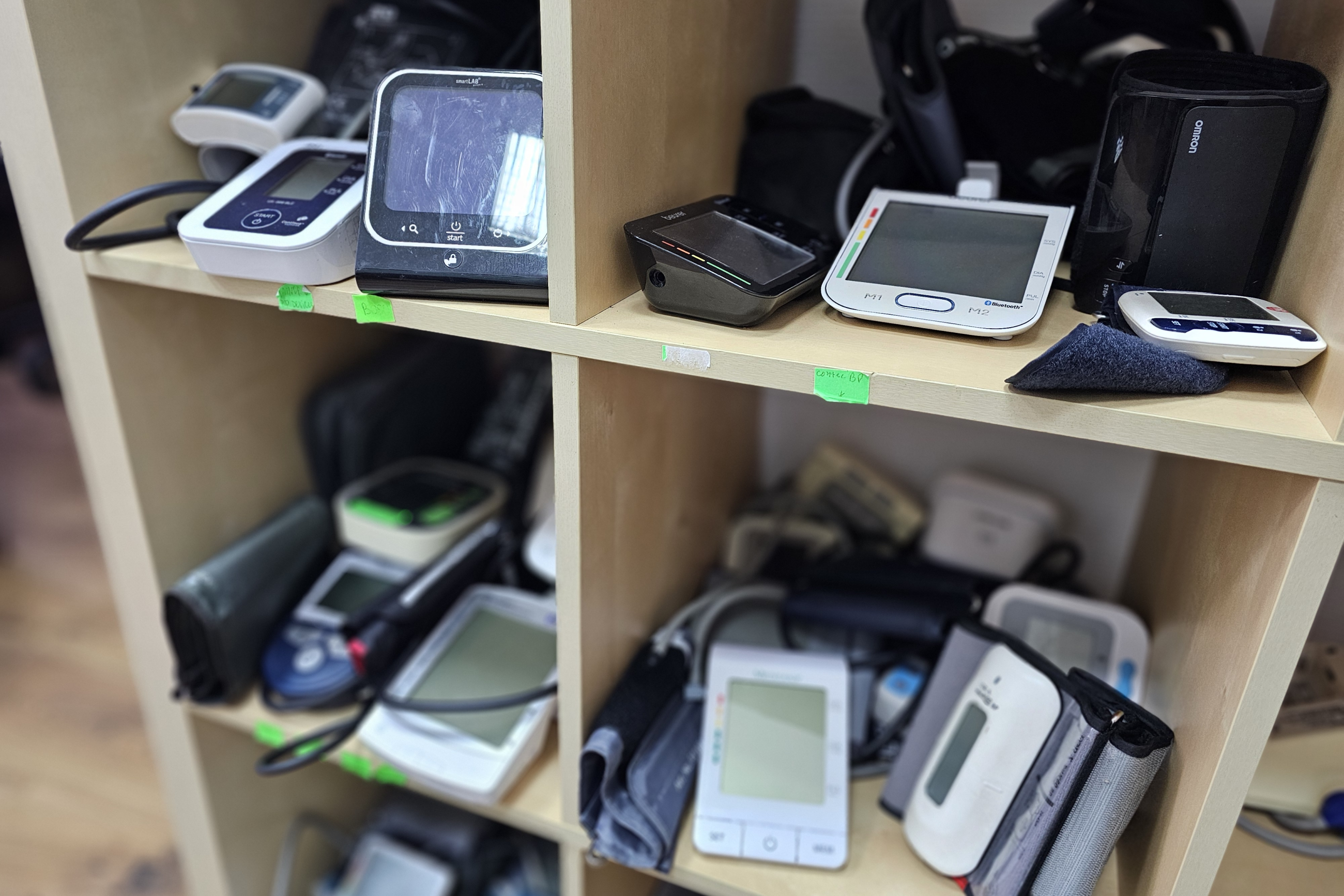
November 23, 2024
Are All FDA-Approved Blood Pressure Monitors Equally Accurate?
They are not. In fact, not all FDA-cleared blood pressure monitors (BPMs) have been clinically validated for accuracy, evaluated in real-world conditions, or undergone calibration against another valid device.
Read more >
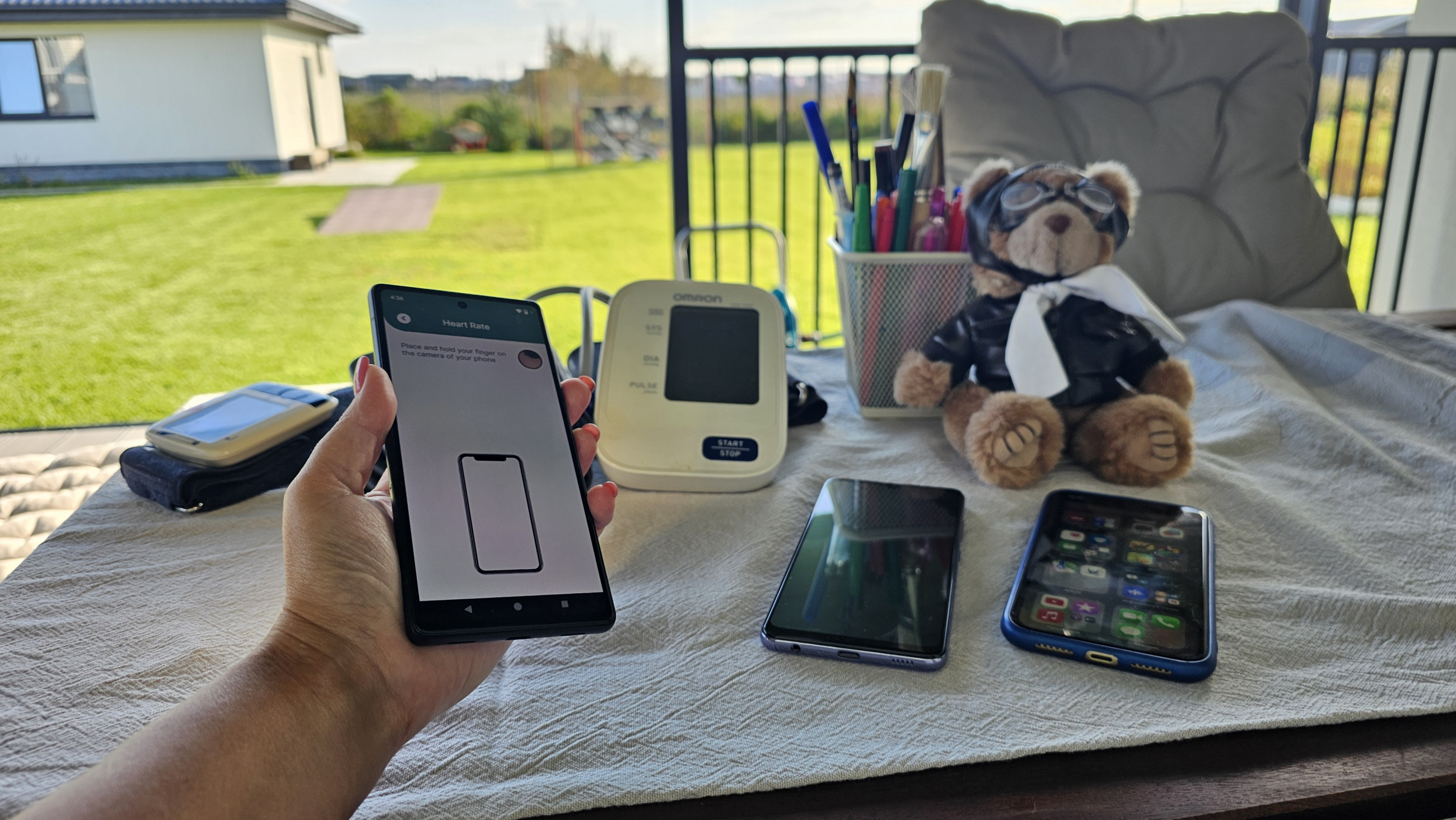
November 12, 2024
Finger Blood Pressure Apps: How Accurate are They?
As of November 2024, not a single “finger blood pressure app” has received FDA approval. Since blood pressure is the force of blood pushing against vessel walls, the most precise way to measure it is by inserting a catheter into an artery. FDA-cleared and clinically validated tools and monitors can also yield reliable results when used correctly. However, cuffless blood pressure monitoring apps — designed to work with just a smartphone and a finger — do not use any additional hardware to measure blood pressure. Instead, they estimate it using algorithms and indirect data sets collected in an uncontrolled environment. As a result, their readings are not accurate enough for medical use.
Read more >
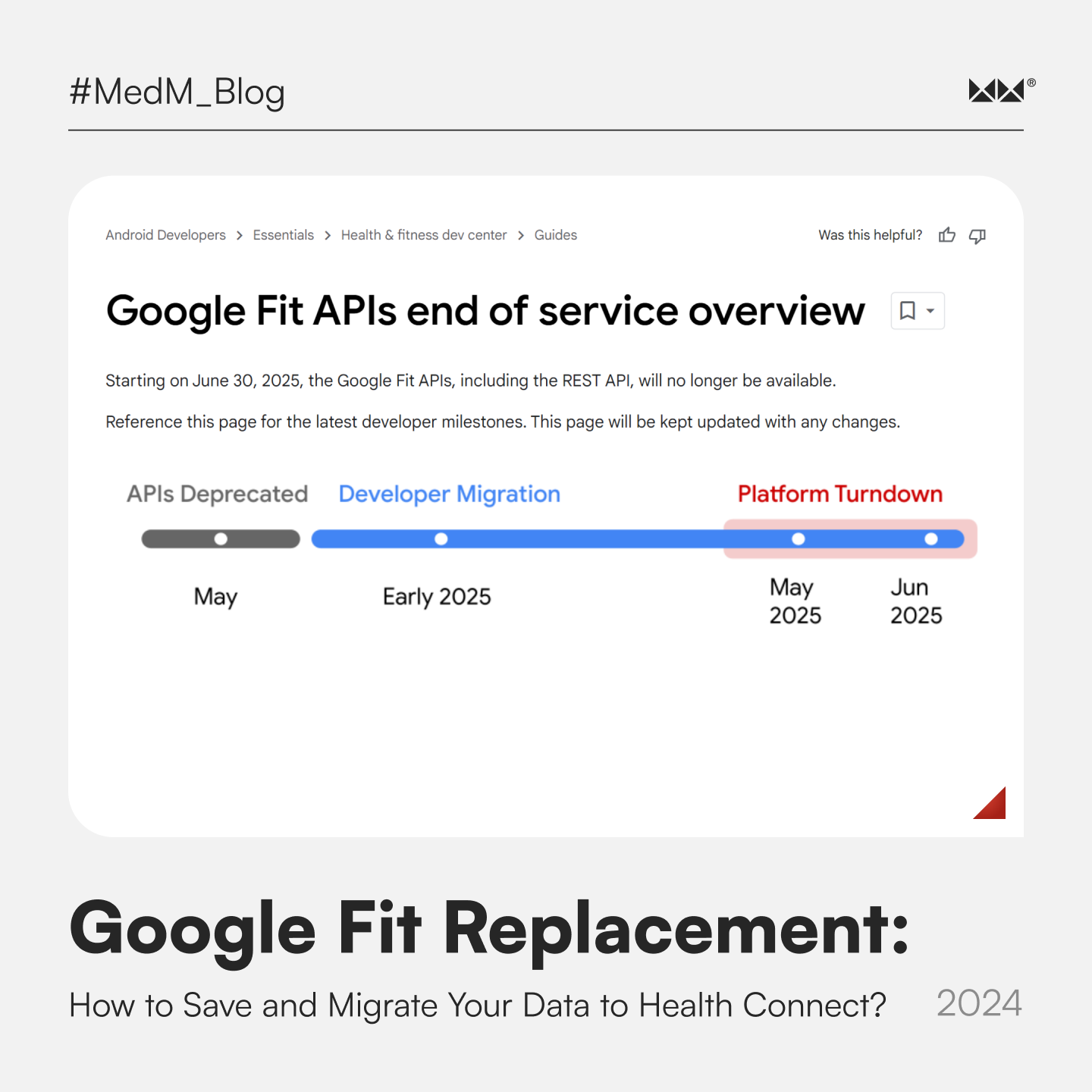
October 11, 2024
Google Fit Replacement: How to Save and Migrate Your Data to Health Connect
Google deprecated Google Fit and replaced it with Health Connect as the central hub for sharing data between Android apps in 2024. While the transition is scheduled to be fully completed by mid-2025, many users have already lost the ability to directly sync their data with Google Fit. Keep reading to learn how to successfully migrate and keep your data safe.
Read more >
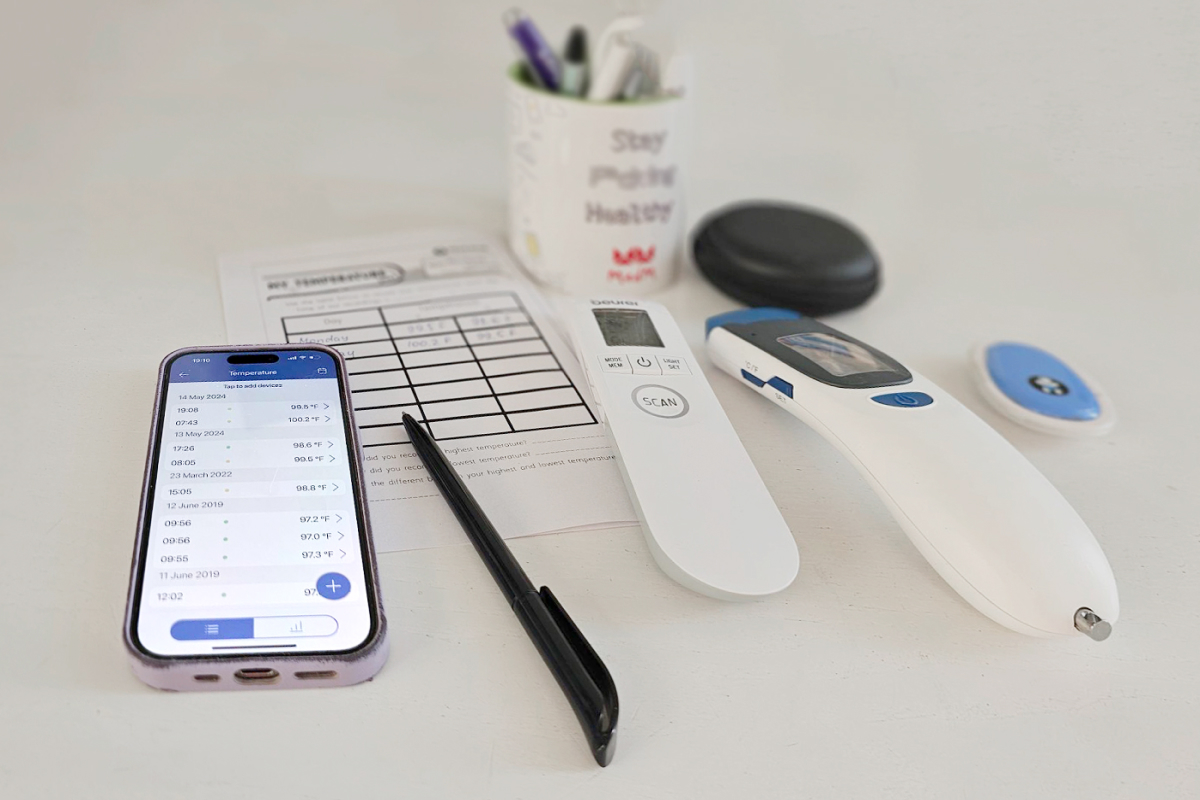
July 11, 2024
Body Temperature Monitoring: Tools, Tips, and Reasons for Doing It
Maintaining an optimal body temperature is essential to life. Deviation from the normal body temperature range is an important indicator of potential trouble: infection, inflammation, heat stroke, drug reaction, tumor growth or another altered physiological state. Body temperature is one of the seven universally accepted vital signs, along with pulse & respiration rates, blood pressure, body weight, and blood glucose.
Read more >
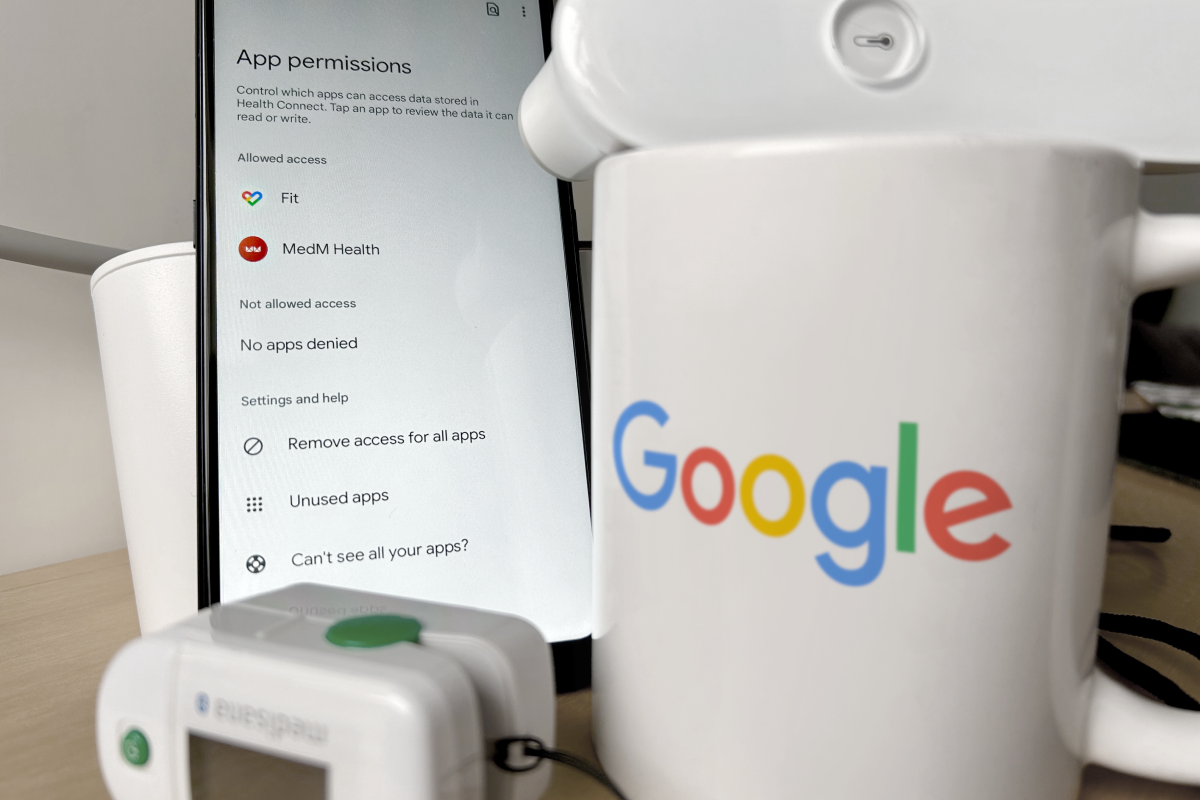
March 25, 2024
What is Health Connect and How is it Different from Google Fit?
Both are Google products, but by 2025, Health Connect is to completely replace Google Fit as the tool for sharing of user data between Android apps. The timeline of change, the main differences between the two products, the list of supported data types, and data migration instructions are outlined in our post below.
Read more >
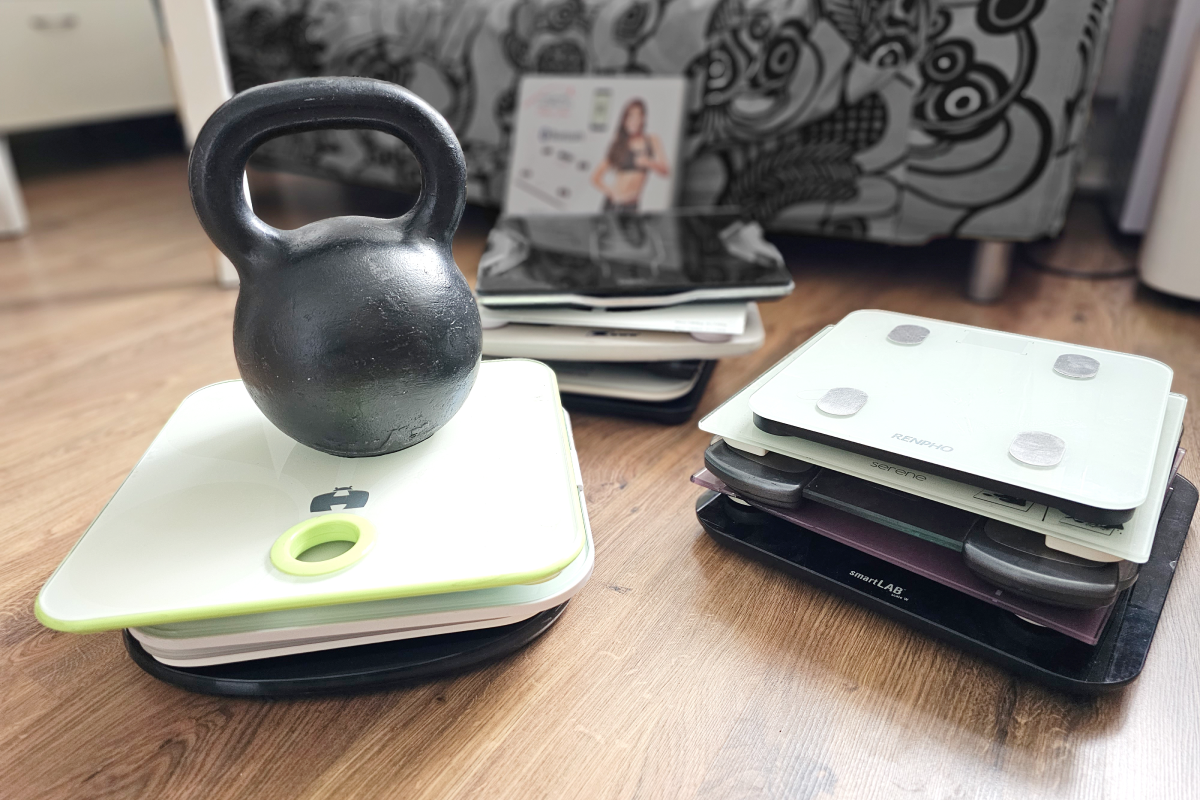
February 06, 2024
Are Body Composition Scales Accurate? What is BMI, BIA, and How to Use a Smart Scale Correctly?
BMI or the body mass index is simply a ratio of weight to height squared. BMI - not to be confused with BMR or basal metabolic rate (the number of calories a body needs to maintain life at rest) - was invented about 200 years ago by a Belgian-born sociologist, astronomer, and mathematician Lambert Adolphe Jacques Quetelet, who was looking for a tool to study populations, not individuals.
Read more >